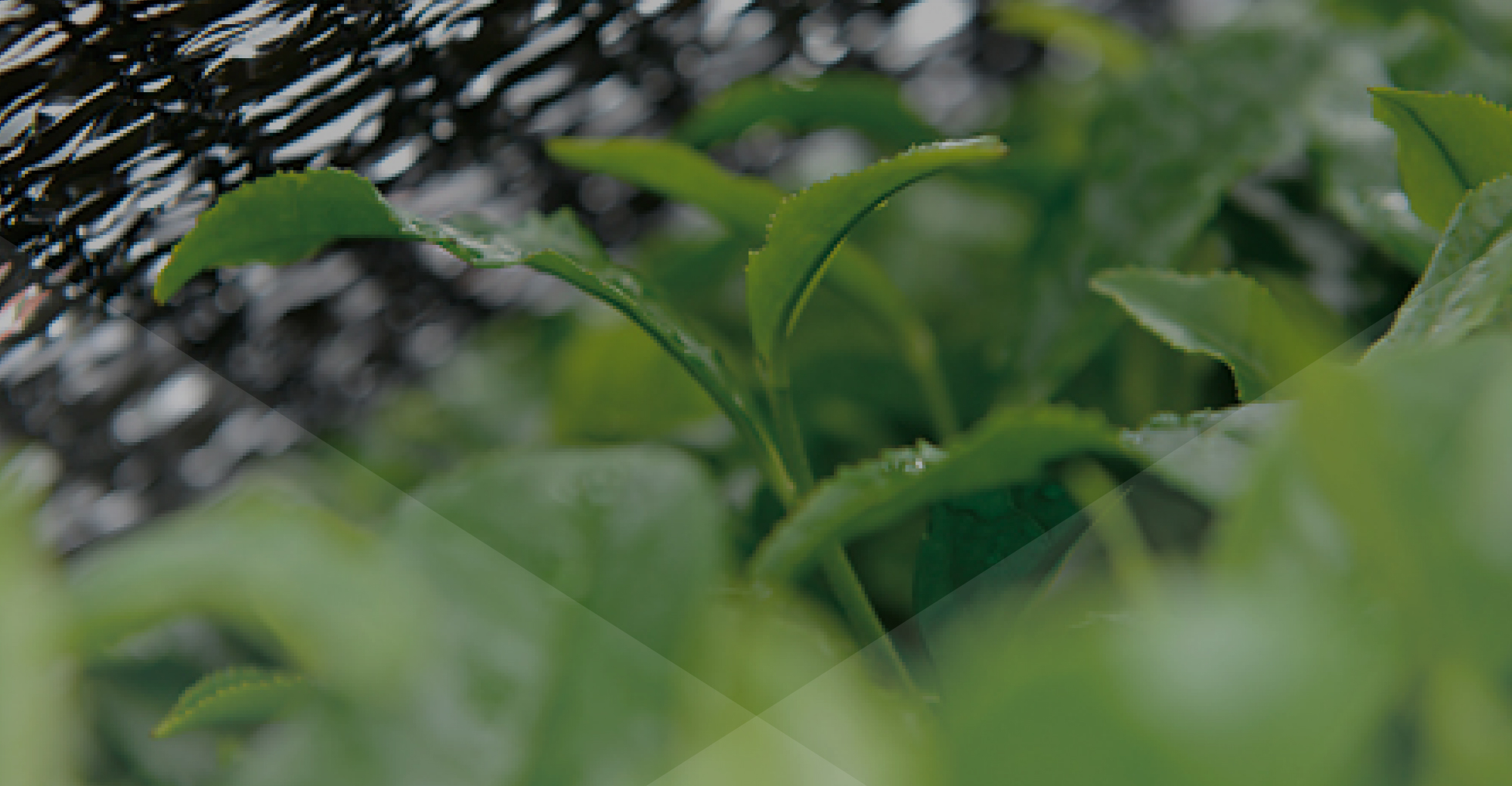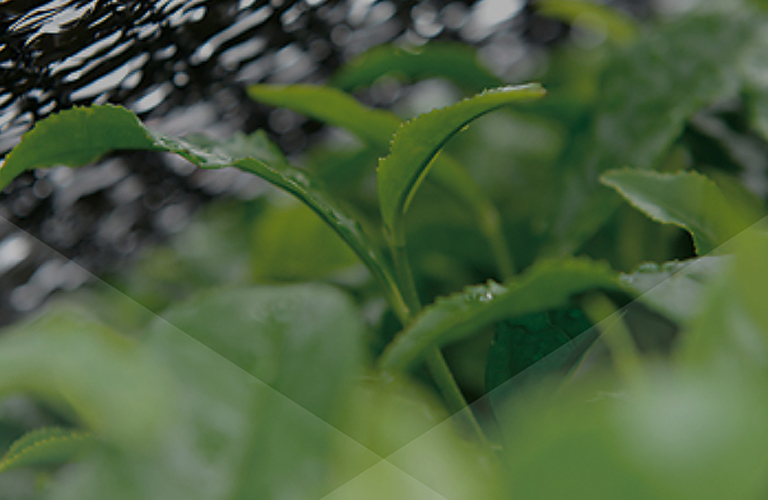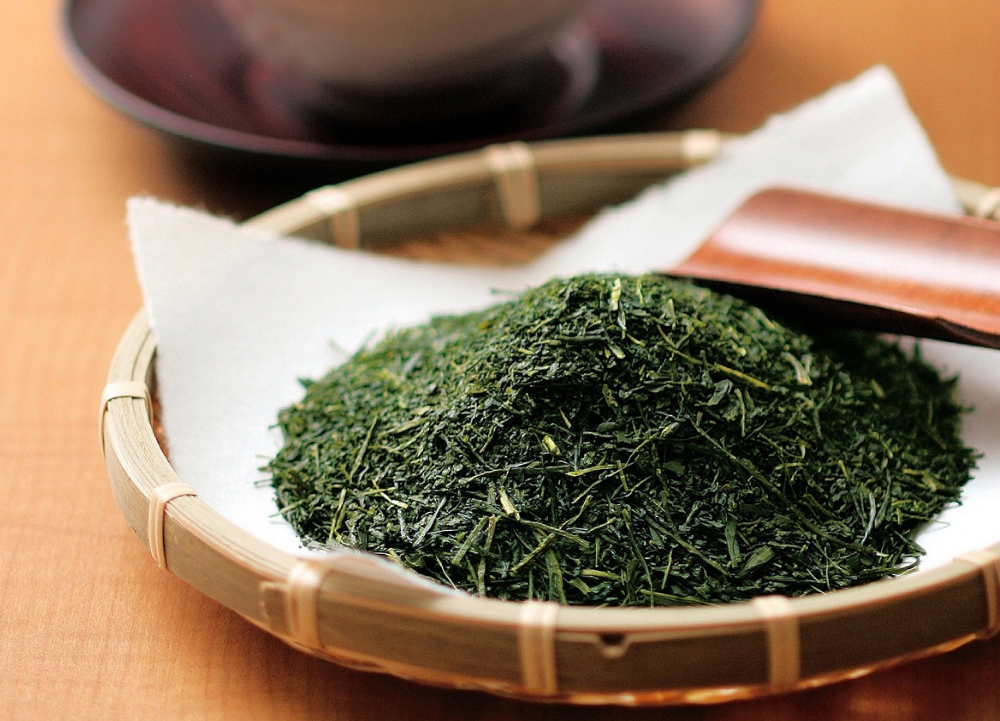The Food of Mie, Cultivated by Bountiful Nature
Mie Rice, Product of the Rich Natural Environment
Rice
Mie Prefecture is one of Japan’s leading producing areas of koshihikari rice. Compared with the rest of Japan, the period of cultivation for Mie’s koshihikari rice is uncommonly early, and the region is widely known for producing hayabamai or “early rice.” The Koshihikari rice from the Iga region, where the climate and soil conditions are particularly favorable, is highly acclaimed, giving it the name Iga Rice.
Musubi-no-Kami, a premium brand of rice grown and sold in recent years, is a variety of the “Mie 23” rice cultivar grown in the prefecture that meets specific standards for cultivation method, quality, etc. It is characterized by its large, firm grain and wonderfully fluffy texture when cooked, and a flavor that grows increasingly sweet while chewed. Not only popular among rice ball shops and famous sushi restaurants, the rice is also widely used in hotels and restaurants for making risotto and various other rice-based dishes.
*Origin of the name Musubi-no-Kami (God of Marriage): Our ties to food, local community, nature and each other are said to be weakening in modern society. This rice was so named out of a desire to strengthen these ties by revitalizing the dining table as a space that draws people together and generates new encounters and strong connections.
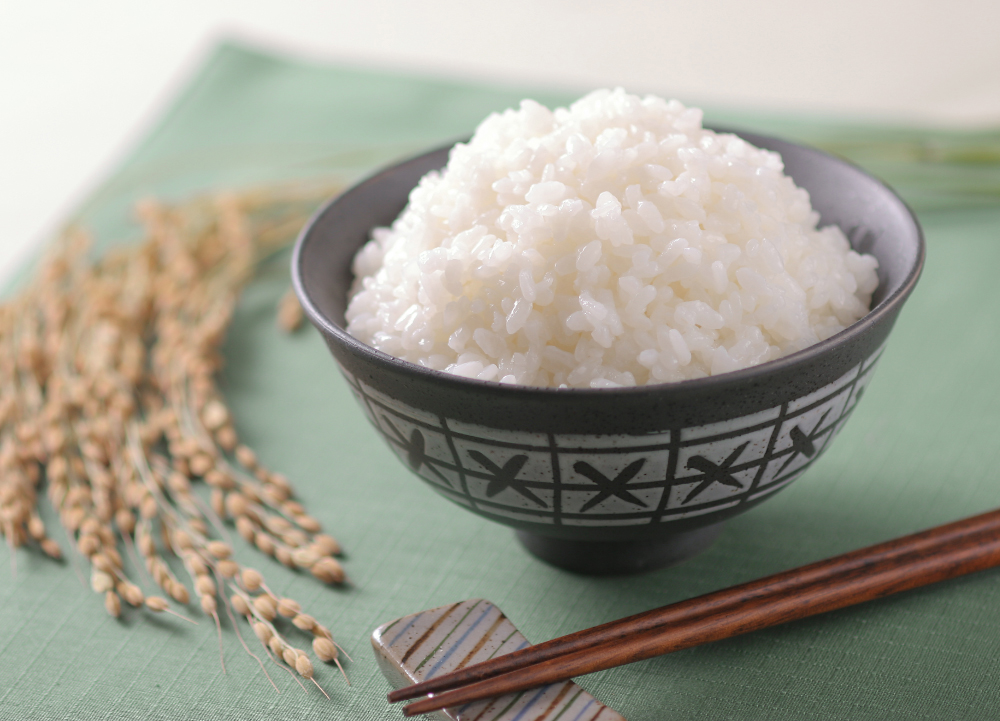
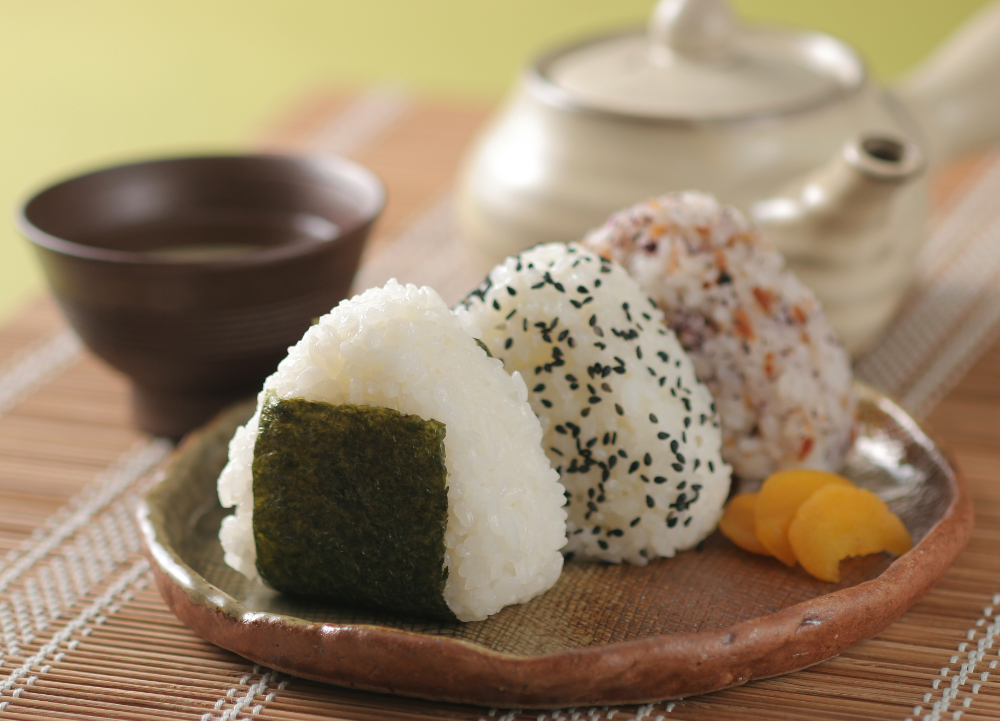
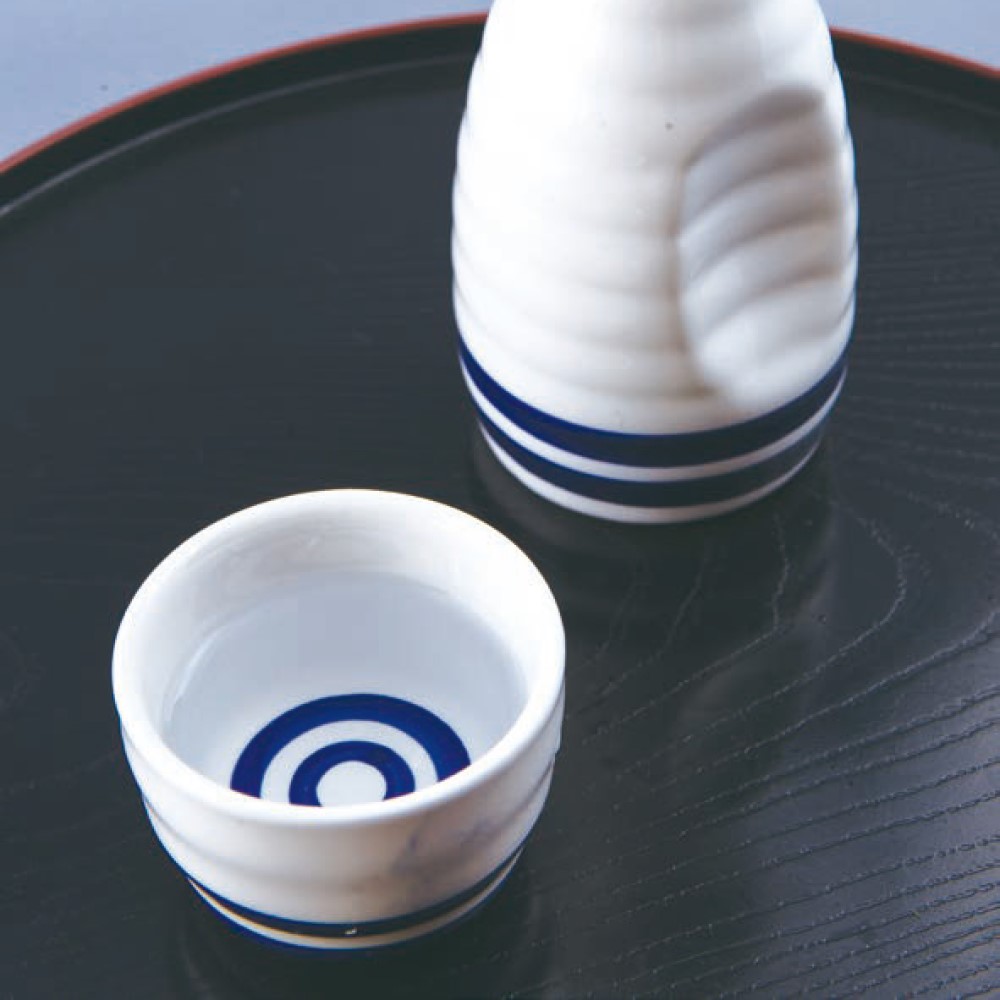
What Makes the Sake of Mie Special
Sake
Sake, the alcoholic beverage Japan is best known for, is made with a process of fermentation that incorporates rice, malted rice, and water. Brewing began to thrive in Mie Prefecture during the Edo period (1603-1867) as a gesture of hospitality for the droves of devout travelers constantly visiting the grand shrine Ise Jingu. The industry further developed in tandem with the region’s wealth of seafood delicacies such as the illustrious abalone.
In recent years, the prefecture has been making great strides to create its own original sake yeast, develop climate-adapted brewing techniques, and improve the skills of its sake technicians. Thanks to a boost in international recognition via the 2016 G7 Ise-Shima Summit, Mie’s sake was certified by the National Tax Agency of Japan with the “Mie” Geographical Indication (GI)* in 2020. Brewers in the prefecture are passionately devoted to their craft, earning their sake the highest of accolades at competitions both domestic and international.
*The Geographical Indication (GI) is given to alcoholic beverages produced in a specific region that achieve a certain level of quality. Famous examples of alcohol with Geographical Indication include champagne and Scotch whisky.

Factors for Greatness
#1: Rich food heritage engrained in the region
Mie is blessed with a rich variety of foods such as Matsusaka beef, Ise-ebi spiny lobster, Matoya oyster, and abalone. Its breweries have developed fine-quality sake that goes well with these top-class ingredients and dishes made with them, contributing to the region’s food culture. Today, Mie’s breweries proudly produce sake that pairs exquisitely with not only Japanese cuisine but also with Western and Chinese cuisine.
# 2: Climate
With four distinct seasons, Mie’s climate is a major factor in the production of excellent sake. The cold winters in particular are essential for sake brewing, with temperatures dropping to around 0°C in breweries in winter. This natural environment is ideal for producing high quality sake like ginjō sake.
#3: Clear spring water
The Kii Mountains in the western part of Mie Prefecture are located in one of the most precipitous regions in all of Japan where an abundance of clear, soft subsoil water has generated rivers like the Miya and Kushida Rivers. The headwaters of the Miya River in particular were selected as the best of any Class A river in Japan. Springs are also found in the foothills of the mountain systems and the water from most of these springs is soft. Soft water slows the fermentation process in brewing, resulting in high-quality sake with a smooth, mellow taste.
#4: Fine sake rice
Yamadanishiki rice, which is grown mainly in the Iga region, is well known as the best rice for making sake. Other brands such as Gohyakumangoku and Isenishiki are also grown in the prefecture. Sake brewed from Kaminoho, a new variety of sake rice developed in Mie, has a rich, smooth taste. These fine sake rice varieties are reborn as rich, full-bodied sake.
Superb Tea with a Soothing Aroma
Ise Tea
Mie is the third largest tea producer in Japan. All tea produced in the prefecture is called Ise Tea, but its characteristics differ depending on the region where it is grown. Generally, the predominant variety in the Hokusei region is Kabuse Tea which features an elegant fragrance and rich flavor, while the predominant variety in the Nansei region is Fukamushi Tea which features a full-bodied flavor and aroma. The flavors are different, but they are both top-class aromatic teas.
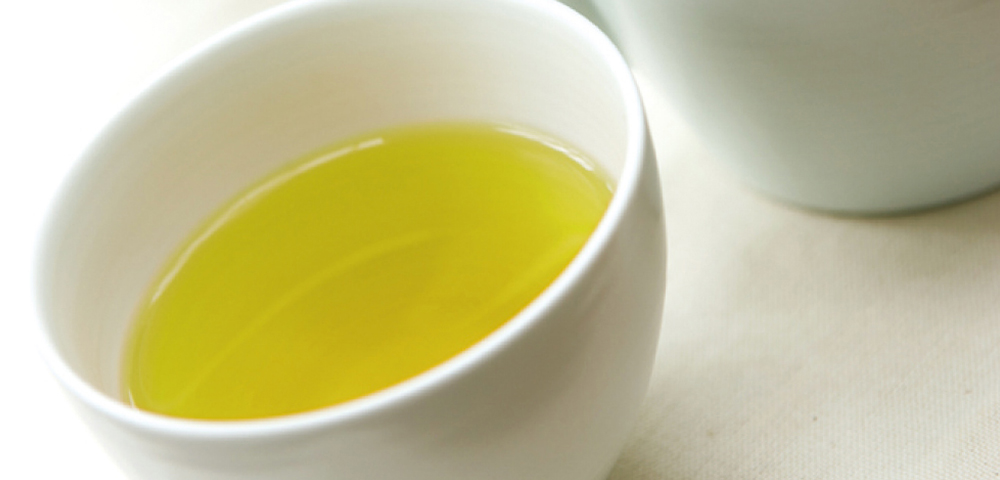
<Fukamushi Tea>
Full-Bodied and Fragrant
Fukamushi Tea is grown mainly in the Nansei region of the prefecture. It is characterized by a deep flavor, derived from being steamed longer than standard green tea. Skilled tea makers can judge how long the steaming process should take just by touching the tea leaves and paying attention to that year’s weather patterns. The tea has a rich, full-bodied flavor and fragrance that lets you savor the essential flavor of the tea leaves.
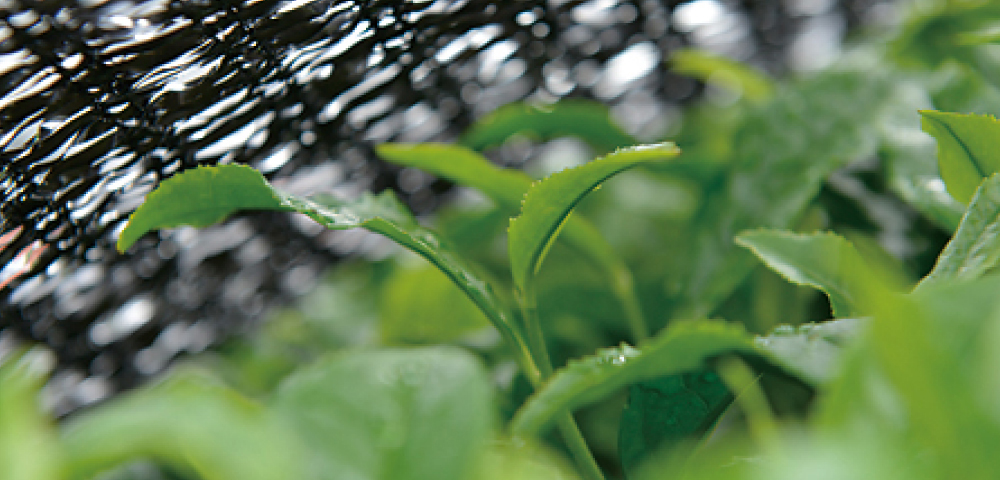
<Kabuse Tea>
Refined Fragrance and Rich Flavor
The Hokusei region of the prefecture is Japan’s top producer of Kabuse Tea. Kabuse Tea is tea that has been cultivated by blocking out direct sunlight to the tea leaves with a covering for a certain length of time before the leaves are harvested. This method produces a refined fragrance and a rich, mellow flavor. The color and taste change subtly depending on the environment, the amount of shade and the length of time in the shade. To produce such delicate characteristics, the cultivation process must be tightly controlled by the tea farmers throughout the year.
